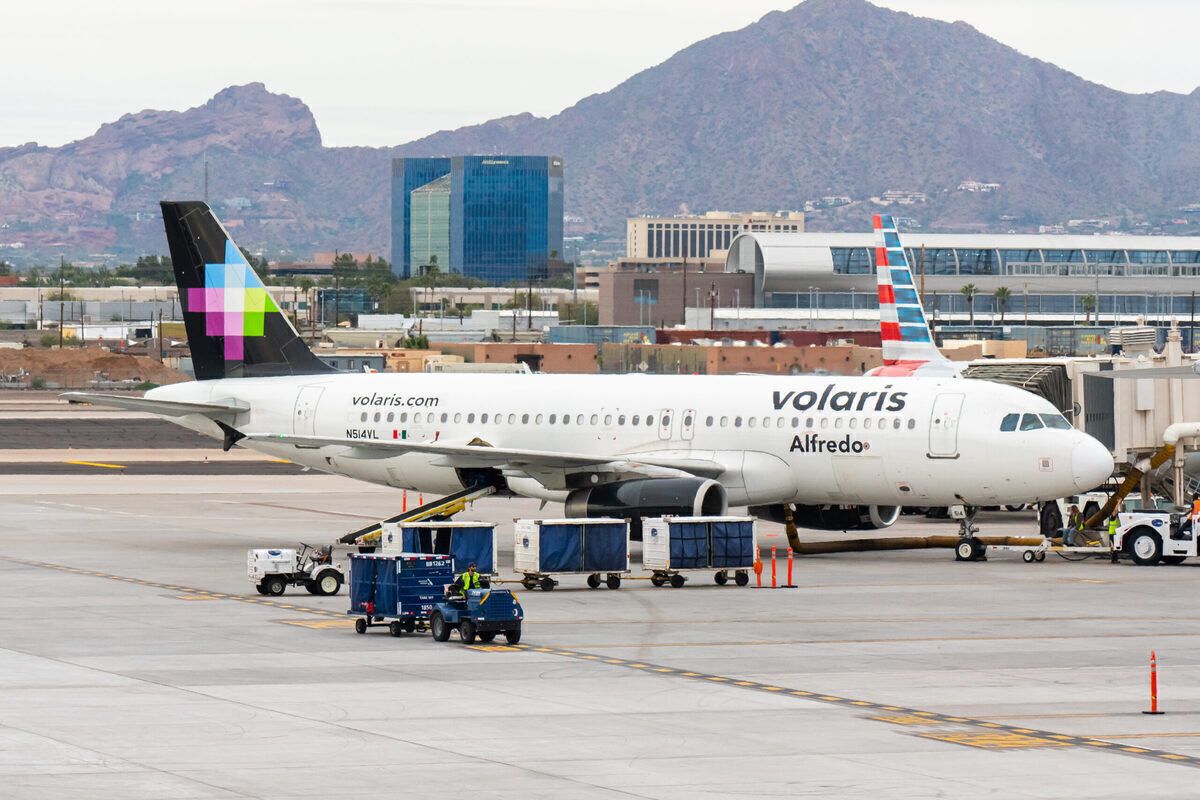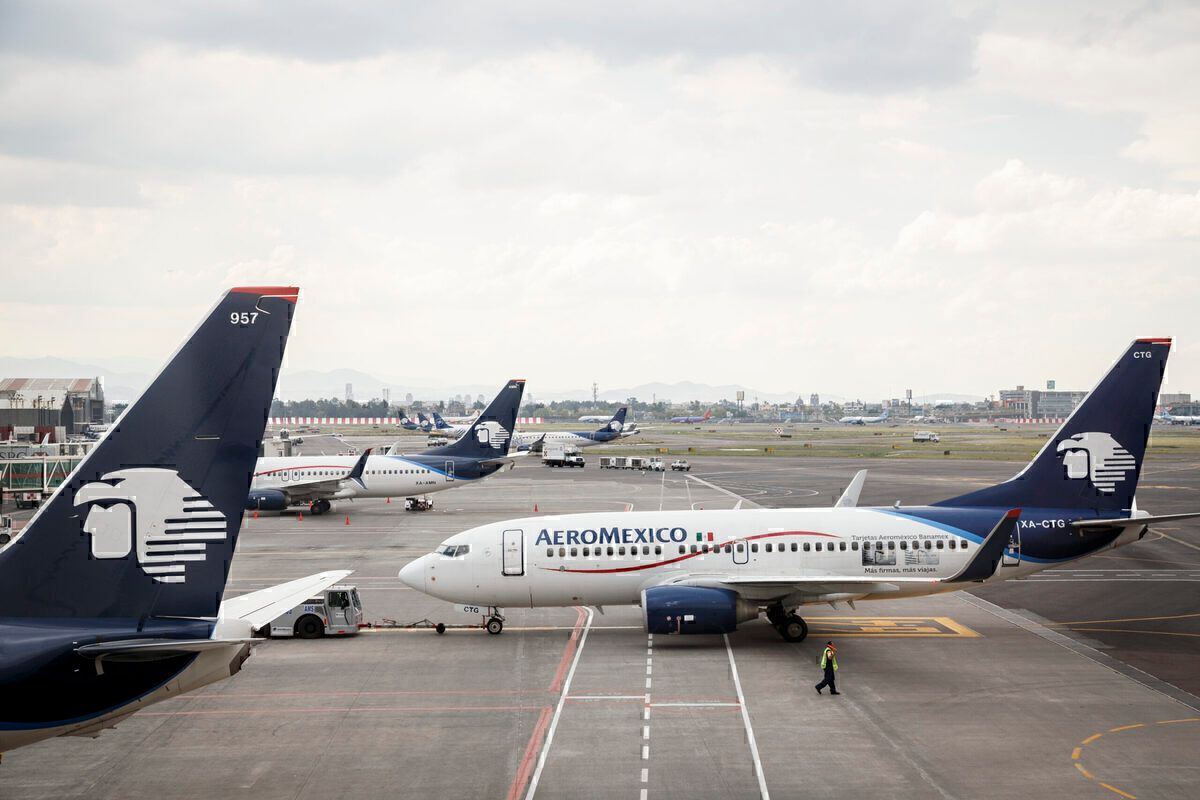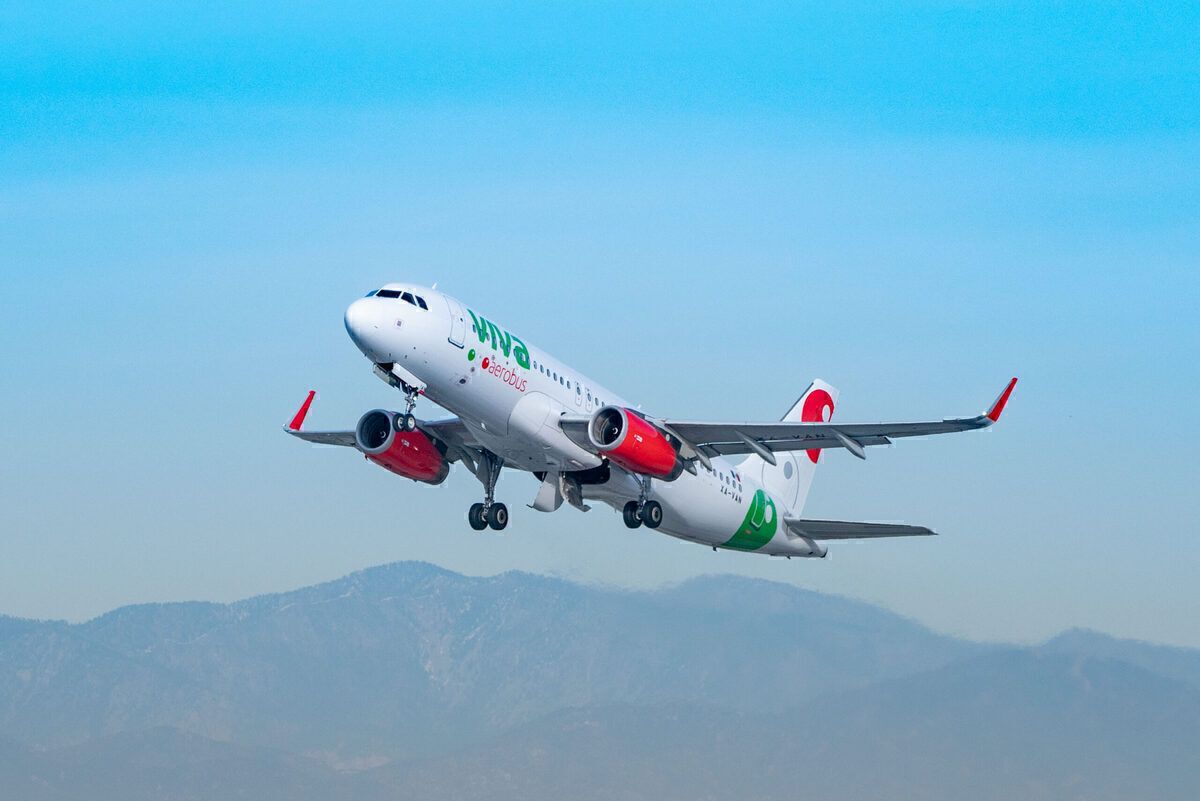Recently, Mexico’s civil aviation authorities (AFAC) signed an agreement with the Federal Aviation Administration (FAA) to help the country restore its Category 1 aviation safety rating. Since May 25, the FAA downgraded Mexico, which has impacted local carriers by not being able to increase their presence in the US. Let’s investigate further.
How will the agreement work?
Following the agreement between FAA and AFAC, the US civil aviation authorities will provide immediate help to Mexico. The FAA will send experts in August to provide a review of Mexico’s efforts to revoke the downgrade, said the Mexican authorities in a statement.
These FAA experts have excellent knowledge of the standard practices set up in the International Civil Aviation Organization (ICAO) Annexes 1, 6, and 8.
It has been over two months now since the FAA downgraded Mexico to Category 2. The FAA found 28 deficiencies within the Mexican Civil Aviation authorities; that means Mexico’s AFAC can’t oversee the compliance of ICAO’s safety standards. Currently, Mexico is in Category 2 alongside 13 other countries, including Venezuela, Ghana, Pakistan, and Malaysia.
The Mexican carriers can’t add new routes, frequencies, or planes to the US while in Category 2.
Stay informed: Sign up for our daily and weekly aviation news digests.
When will Mexico recover its Category 1?
After the degradation, the Mexican Government said it is a priority to regain the prior status. It is the second time in 11 years that Mexico has been downgraded to Category 2.
The first downfall lasted four months. This one has already consumed half that time, and there seems to be no indication of progress.
Instead, the Mexican industry is claiming that AFAC is going backward. The current government is substituting key and experienced personnel at AFAC and bringing former military men to oversee the civil aviation authority.
Last Saturday, the College of Mexican Aeronautical Engineers issued a statement on the subject. It wrote,
“The military personnel lacks knowledge and experience in overseeing subjects such as the Safety Management System, ICAO’s 19 Annexes or the recommendations from the International Air Transport Association because these subjects are not related with the military aviation.”
Last week, a source that worked at AFAC but was recently furloughed said that it could take up to a year before Mexico regains its Category 1. If that happens, Mexican airlines will suffer the most.
What impact have the airlines felt so far?
Two months into the degradation, the Mexican carriers have yet to feel a strong impact. Fortunately for them, the FAA allowed the airlines to use their schedules from May 2021 up to 18 months prior. That means Volaris, Grupo Aeroméxico, Viva Aerobus, and Aeromar can regain 100% of the connectivity they had pre-COVID. For Volaris and Viva Aerobus, it also means they can grow compared to their pre-pandemic levels.
Nevertheless, the longer Mexico takes to regain its Category 1, the harder the pressure will be on its airlines.
The US airlines can add routes, frequencies, and capacity to Mexico, meaning they’ll increase their market share in the country. They already have 74% of the whole pie. In the meantime, Mexican carriers will only watch, unable to respond.
We have already seen a few of these setbacks. For example, the FAA denied Viva Aerobus two routes from San Antonio to Mexico City and Monterrey.
What do you think about Mexico being in Category 2? How long before the country regains its previous status? Let us know in the comments.



